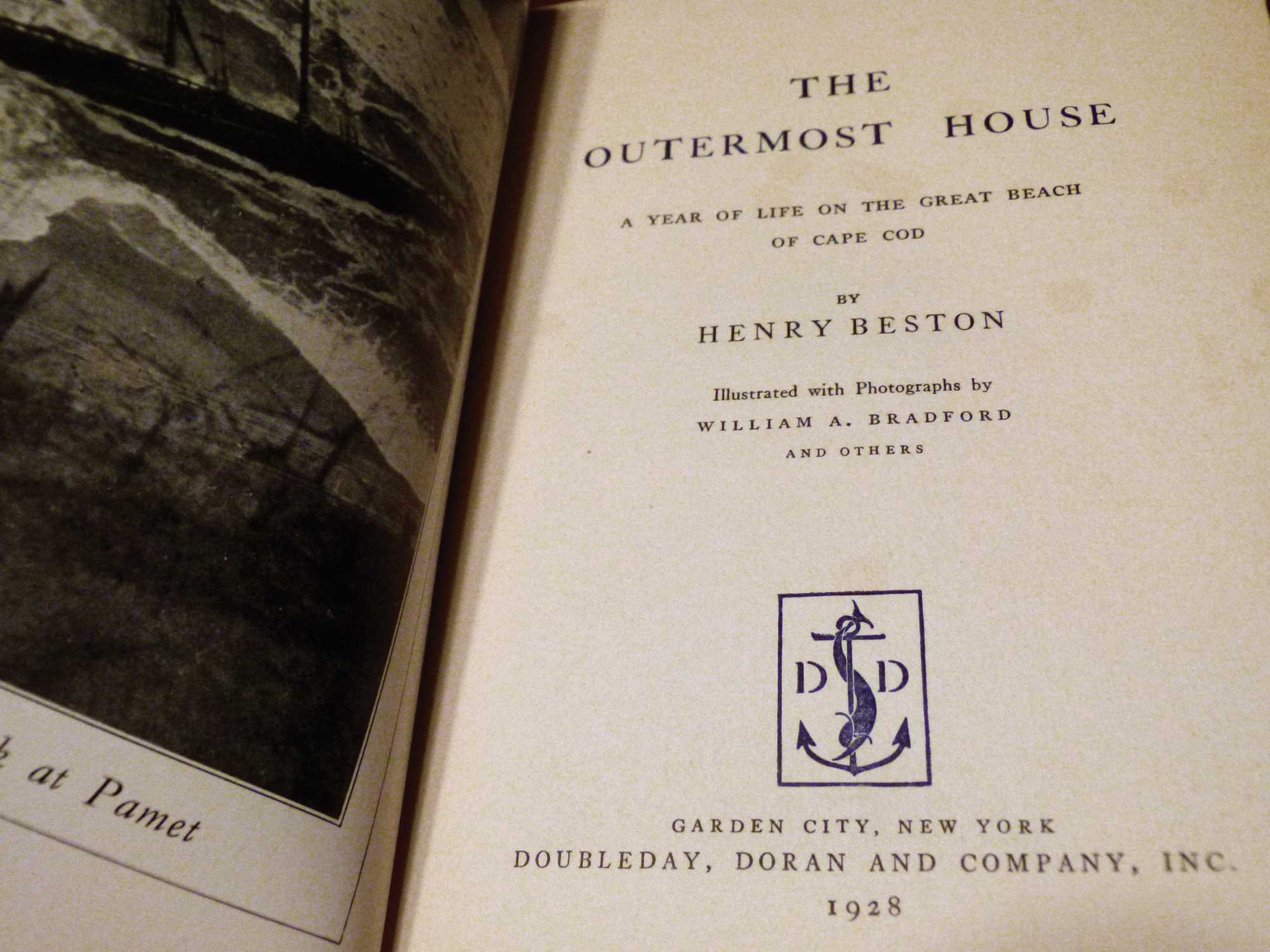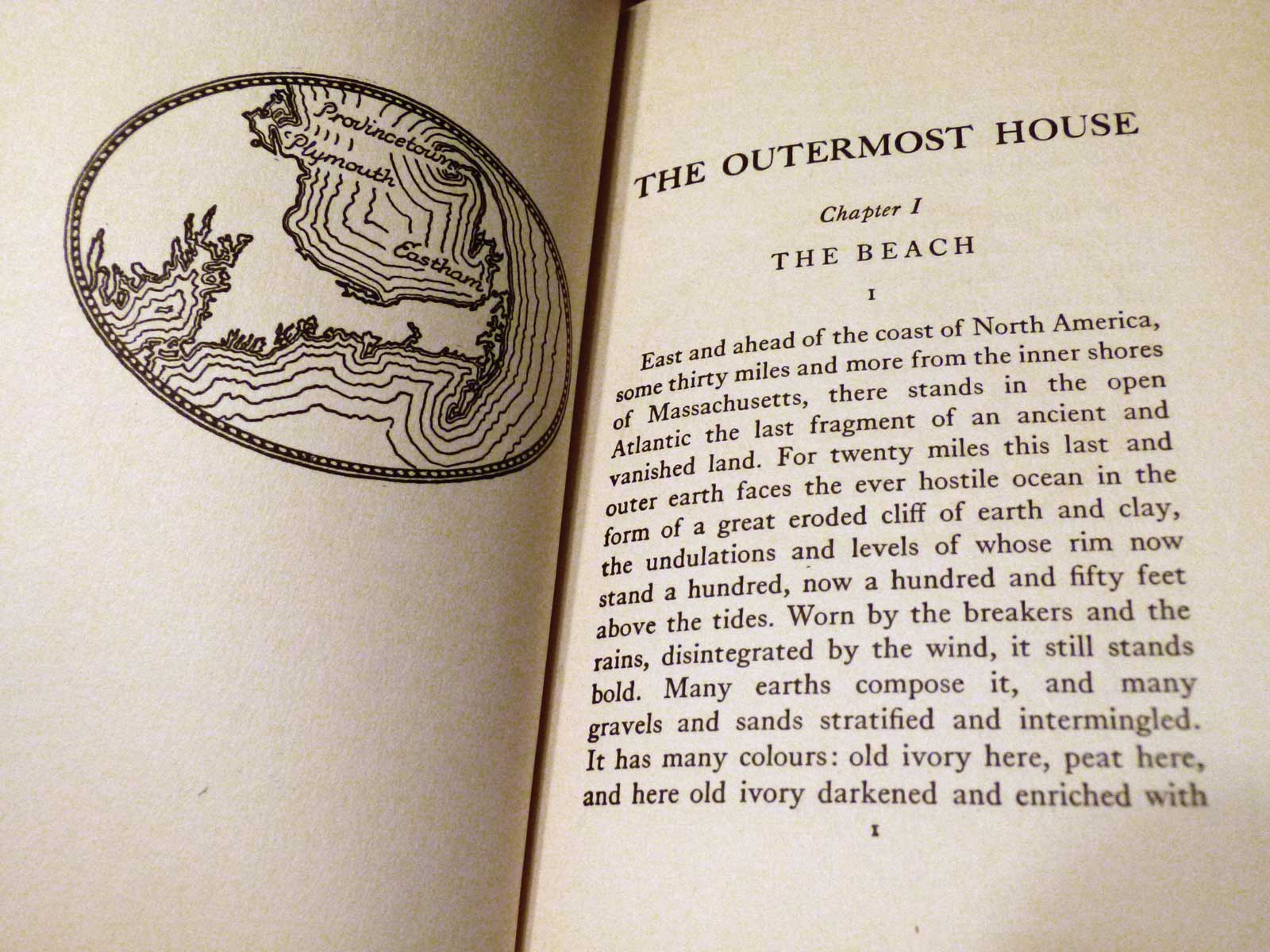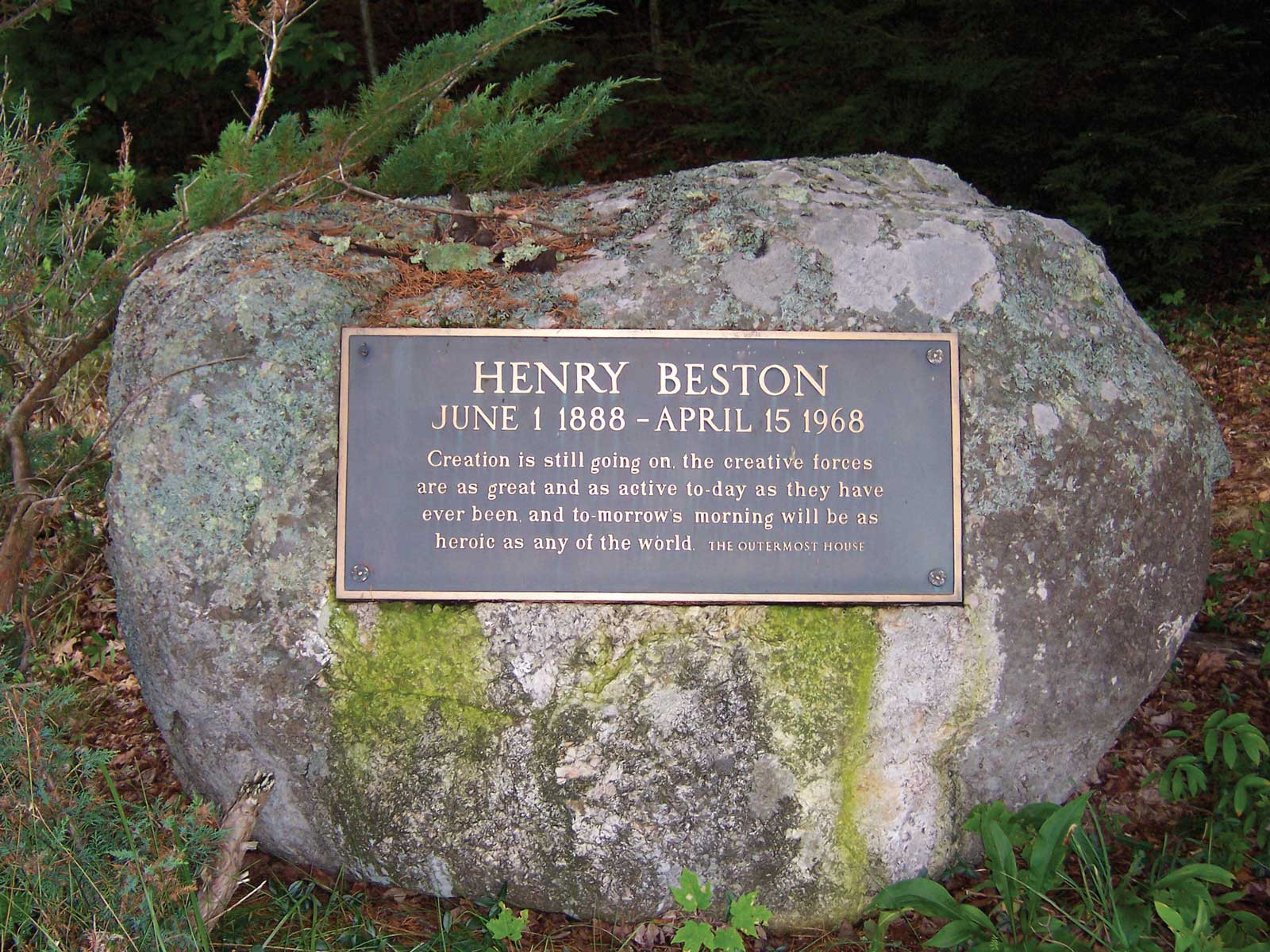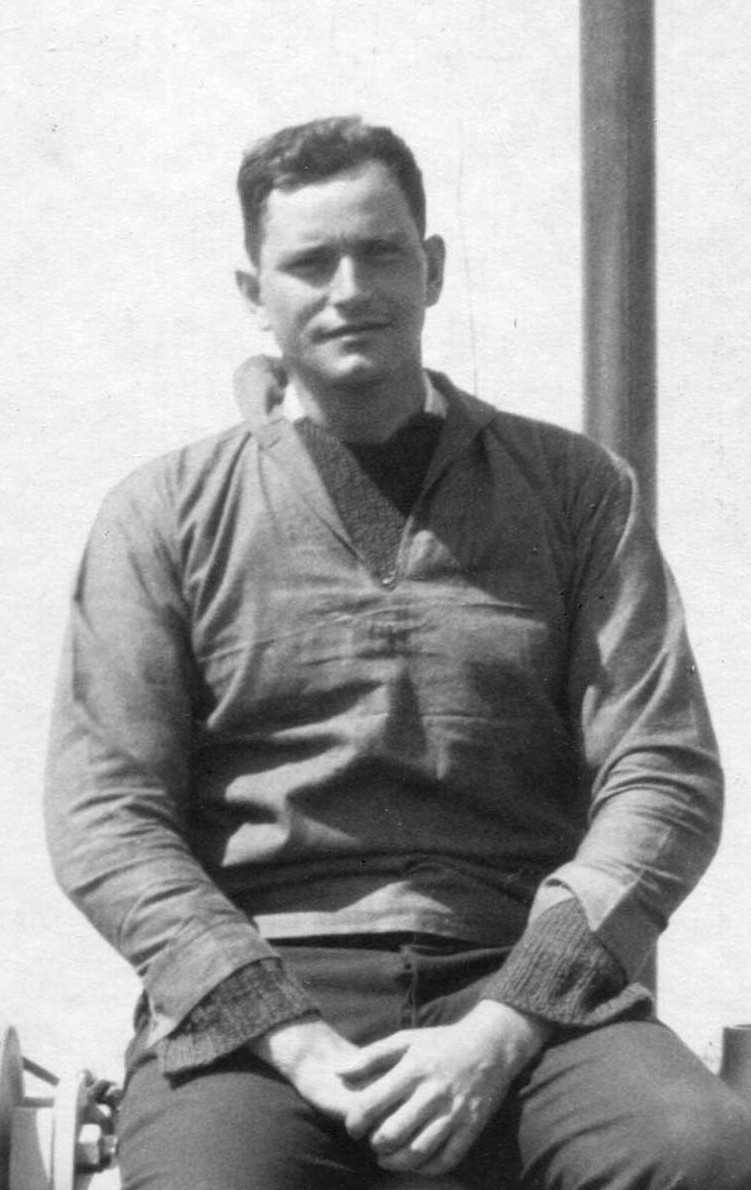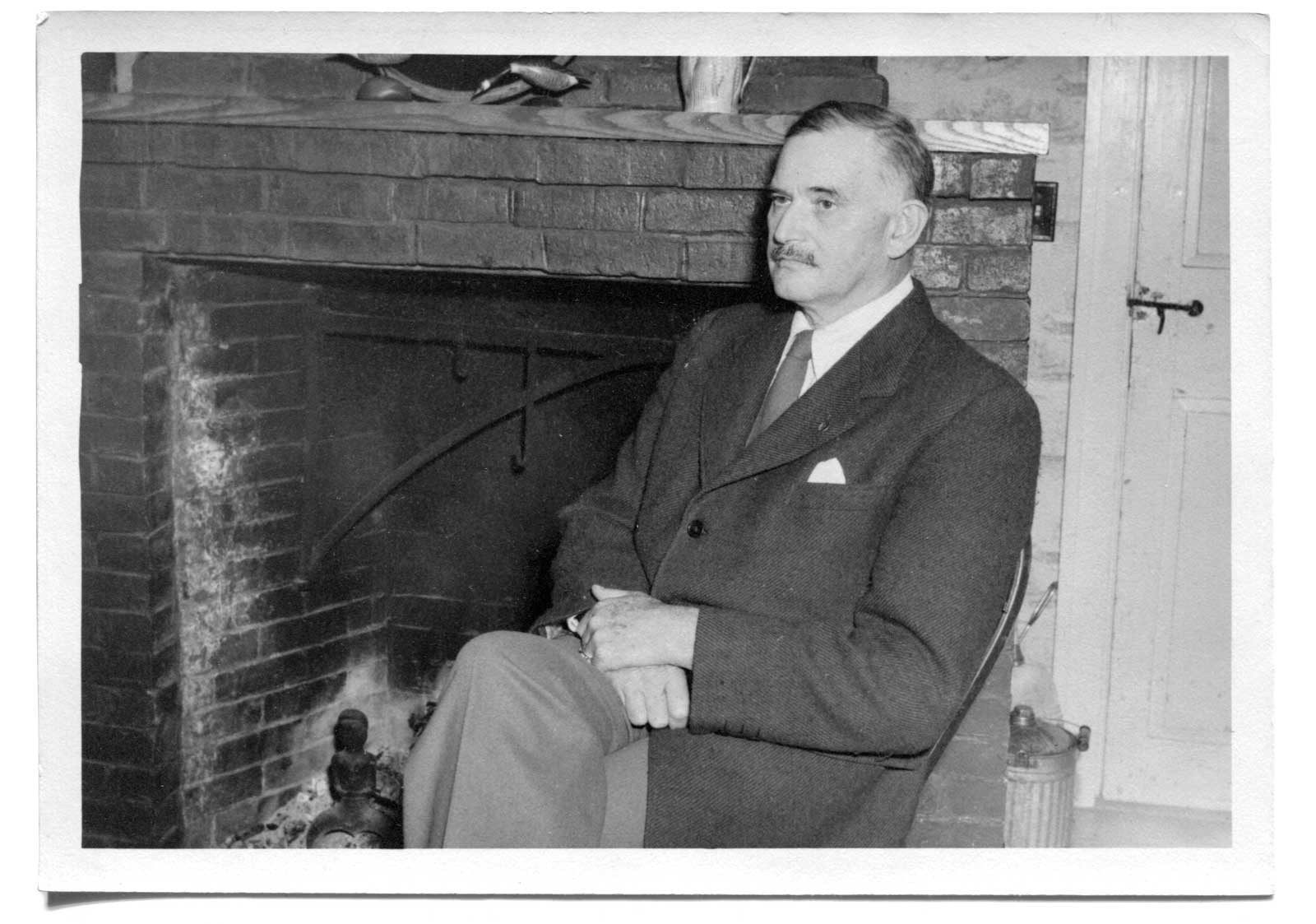One of the more puzzling questions that arose after the successful publication of The Outermost House is what happened to Beston as a writer. It was not until 1935 that his next book, Herbs and the Earth, was published, and not including edited collections and largely republished material, he wrote only two more books during his lifetime, The St. Lawrence (1942) and Northern Farm (1949), and the latter was drawn largely from the “Country Chronicle” essays that Beston wrote in the late 1940s for The Progressive. He was not a literary idler for the last forty years of his life, for he still wrote many articles for a wide range of periodicals and was a regular speaker on the lecture circuit, but lecture hall triumphs were no substitute for the enduring literary fame of a classic book, and while Beston was confident that The Outermost House had secured an unassailable place in American literature, he was afraid, as he wrote to his friend Rosalind Richards, that he would be known as “homo unum libris.” Beston’s relatively limited literary output was a stark contrast to that of his wife, Elizabeth Coatsworth Beston, a poet and children’s author (she won the Newbury Medal in 1931 for The Cat Who Went to Heaven), who was an astonishingly prolific writer; during the course of her long career she published over one hundred books.
There have been other excellent writers—Ralph Ellison and Henry Roth come readily to mind—who also had trouble following up on the success of a classic work. Beston had written several books prior to The Outermost House and had a number of promising options for his next work. John Farrar, his editor at Doubleday, had founded his own publishing company, Farrar and Rinehart, in 1929. He urged Beston to move from writing nonfiction to writing fiction. As Henry wrote to Elizabeth in early 1930 after a visit to New York City to meet with Farrar: “He is all for my doing a novel anywhere and anytime [and] will give me a contract anytime I ask for it.”
Doubleday and Doran, the publishers of The Outermost House, were eager to publish a book on the inner shore of Cape Cod, the bay side, which Beston had been contemplating for several months. They offered him a contract with far better terms than that for The Outermost House; Beston signed the contract and over the next two years spent a substantial amount of time on Cape Cod doing research for the book. Almost from the start, however, there were some telling indications that the quiet, isolated life on the beach that had proven so conducive to writing The Outermost House had lost much of its charm—particularly after the birth of the Beston’s first child in June 1930. He spent relatively little time at the Fo’castle, preferring instead to stay at local inns, where meals were provided and there were people with whom to socialize. “I’m afraid I’m pretty well exploded as a hermit, dear,” he wrote to Elizabeth from the Fo’castle in January 1931, “in other days I would have pulled this isolation in around me like a spiritual cloak; now I wear it uncomfortably, wriggling my shoulders in it and fidgeting with the sleeves.”
By 1932 Beston had abandoned the book on the inner Cape; as his wife later wrote in Especially Maine: The Natural World of Henry Beston From Cape Cod to the St. Lawrence, “He finished a fine chapter on eeling at Eastham Salt Pond and part of another chapter on the marshes, but he was ruthless with his own work. He refused to write a minor book about the country of which he had written what he was sure from the first was a classic, and so tore up all he had begun.






